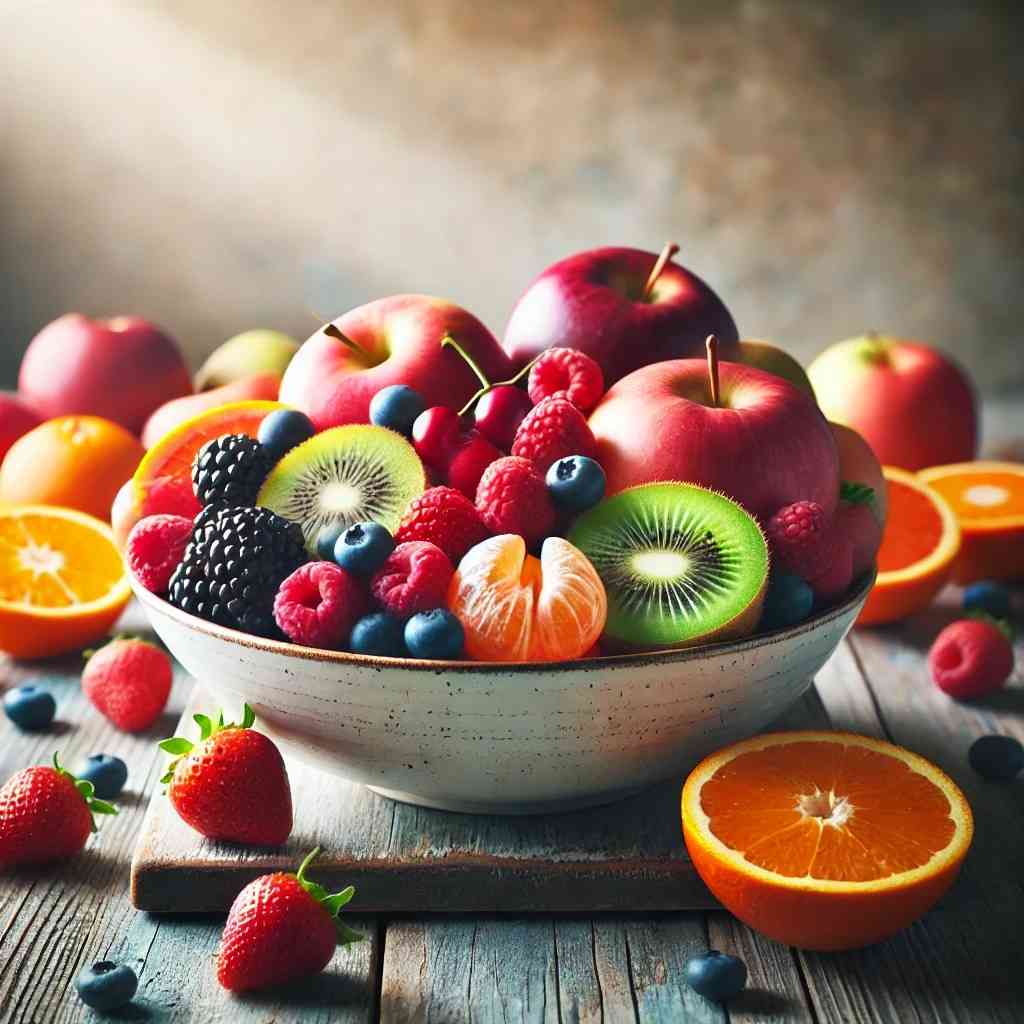Why the Way You Eat Fruit Matters More Than You Think
Imagine biting into a crisp apple or juicy orange, thinking you’re doing your body a world of good. But wait—what if you’re not? Yes, even the healthiest foods, like fruits, can be counterproductive if not eaten properly. Whether you’re juicing, snacking on an empty stomach, or overloading on sugary fruits, you might be sabotaging the very health benefits fruits offer.
This isn’t a mere food myth; science backs it up. It has been researched that eating fruits is beneficial in a wrong way that causes the blood sugar level to rise, causes digestive issues, and even loss of nutrients. Don’t worry, though! You’re on the precipice of discovering 7 rules to eating fruit without doing your body more harm than good.
Curious? Let’s dive in.
The Benefits of Eating Fruit the Right Way
Some vitamins minerals and fiber can only be provided by fruits and should be included as part of the human diet. But here’s the catch—how you consume them plays a huge role in how your body absorbs these nutrients.
Why Whole Fruits Are Better Than Juice
- Fiber Magic: The skin and pulp of fruits are packed with fiber, which aids digestion, keeps you full, and regulates blood sugar.
- Juice Dilemma: When you juice fruits, you strip away the fiber, leaving behind a sugary liquid. Research by Harvard Health on the adverse effects of fruit juice established that they reduce one’s possibility of novel Type 2 diabetes by up to 21%.
Boost Immunity and Gut Health
Whole fruits, especially those rich in Vitamin C like oranges, help fortify your immune system. It likewise provides prebiotics to good bacteria that live in the stomach, to help dis-intensify digestion as well as health and wellness. So, ditch the juicer and grab a whole apple instead!
Whole Fruits vs. Juices: The Fiber Factor
Think of fiber as your fruit’s unsung hero. Here’s why:
- Blood Sugar Regulation: Fiber slows the absorption of sugar, preventing spikes that lead to energy crashes.
- Longer Fullness: It keeps you satiated longer, reducing unhealthy cravings.
- Heart Health: Research from the American Heart Association points out that the regular intake of fiber lessens cholesterol levels by 30%, the risk of developing heart disease.
In contrast, a glass of orange juice contains nearly 21 grams of sugar with zero fiber. Shocking, right? Oh, what a sweet concept we have now – to be able to drink such a thing as liquid candy!
When and How to Eat Fruits for Maximum Benefits
Don’t Eat Fruits on an Empty Stomach
Fruits on an empty stomach might seem innocent, but they can cause glycation, a process where sugar molecules damage your cells. This leads to rapid blood sugar spikes.
Pro Tip: Pair your fruits with protein or healthy fats, such as yogurt, cheese, or nuts. This combination reduces sugar absorption and keeps you energized for hours.
Timing Is Key
- Morning Boost: Start your day with low-sugar fruits like berries or citrus for a refreshing, nutrient-packed energy boost.
- Post-Meal Snack: Have a piece of fruit about 30 minutes after a meal to satisfy your sweet tooth without overloading your system.
Choosing the Right Fruits: Low-Sugar Wins
Not all fruits are created equal. Some are higher in sugar, while others are low-calorie nutrient bombs. Here’s a quick guide:
| Low-Sugar Fruits | High-Sugar Fruits |
|---|---|
| Berries (blueberries, raspberries) | Bananas |
| Apples | Grapes |
| Oranges | Mangoes |
| Kiwi | Pineapple |
A study conducted by the Centers for Disease Control and Prevention (CDC) affirms that high-sugar fruits are just as unhealthy and if consumed in large quantities they will make you gain added weight and even make your body insensitive to insulin. Stick to low-sugar fruits for a balanced diet.
Healthy Fruit Habits for Kids and Families
Children often consume fruits in the form of juices or sweetened snacks, but these are not healthy alternatives. According to the American Academy of Pediatrics, children under the age of 5 should not drink more than 4 ounces of juice daily.
How to Encourage Whole Fruits:
- Fruit Skewers: Make eating fun by arranging colorful fruits on sticks.
- DIY Smoothie Bowls: Blend whole fruits with yogurt and top with nuts.
- Fruit Salads: Add a mix of low-sugar fruits for a nutrient-packed snack.
Fresh Data on Fruit Consumption
Global Fruit Consumption Trends
- A recent World Health Organization (WHO) report states that only 39% of adults consume the recommended five servings of fruits and vegetables daily.
- Countries like Japan excel in fruit consumption due to their emphasis on fresh, seasonal produce.
Fruit Facts to Chew On
- Eating just one serving of citrus fruit daily reduces the risk of stroke by 25% (Harvard Medical School).
- They also decrease diabetes, cancer, hypertension, and many other diseases, They enhance cognitive abilities and are even known as the ‘king of antioxidants’ that reduce the chances of Alzheimer’s.
Conclusion: Enjoy Fruit, the Right Way
Consequently, consuming fruits is not just about reaching for an apple or an orange, but rather delivering the most potential health positives, and the least amount of drawbacks. Stick to whole fruits, pair them with proteins or fats, and choose low-sugar options to make fruits a superpower in your diet.
The next time you reach for a piece of fruit, remember: how you eat it matters. So go ahead, eat fruit the smart way, and savor the health rewards. Just wait, your body will be grateful for it!



